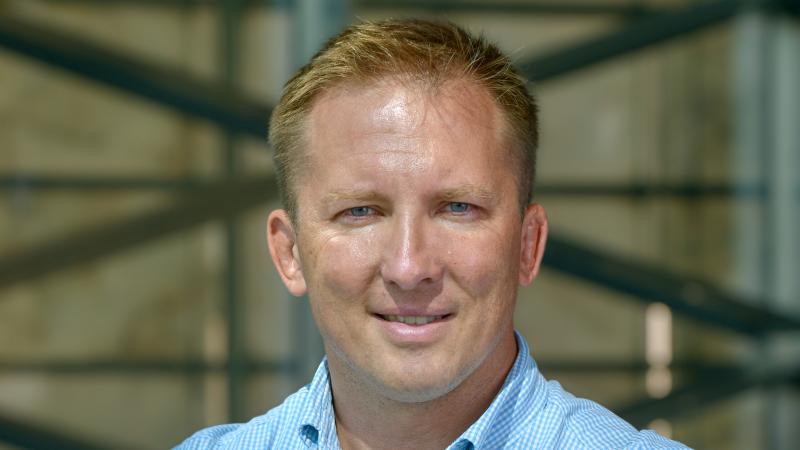Abstract
Mesoscale represents a scalar gap that is currently not possible to accurately image with neither microscopy nor X-ray crystallography approaches. For this purpose, scientists characterize it by observations from the surrounding nanoscale and the microscale. From this information, it is possible to reconstruct a three-dimensional model of a biological entity with a full atomistic model. The problem is that these models are enormously large and are not possible to model with traditional methods from computer graphics within a reasonable time. In my talk, I will present techniques that allow biologists to model a mesoscale entity in a rapid way in the timeframe of a few minutes to hours. This way we have created the first complete atomistic model of the SARS-CoV-2 virion that we are these days sharing with the worldwide scientific community.
The second part of the talk will describe a method of how such mesoscale models can be effortlessly communicated to a broader audience by automated methods that mimic visual storytelling as we know it from science documentaries. The model is initially characterized by identifiers that annotate all parts of its structure. We use these identifiers to forage more information about presented structures in scientific databases and encyclopedia. With this, the broader audience can be viewing or interacting with a representation that is richly semantically annotated and can be used in learning or edutainment context. We will showcase our technology on another mesoscale structure, the mature HIV model.
Brief Biography
Ivan Viola is an associate professor at King Abdullah University of Science and Technology (KAUST), Saudi Arabia. In his research, Viola investigates methods that automate the visualization design process. Basal new technologies he then applies to various application domains, such as ultrasound diagnostics, geology, or submillimeter biology. Viola has graduated from TU Wien, Austria in 2005 and moved for a postdoctoral fellowship to the University of Bergen, Norway, where he was gradually promoted to the rank of Professor. In 2013 he has been awarded a Vienna Science and Technology Fund grant to establish his own research group back at TU Wien, Austria. After several years of research on visualization and computer graphics techniques for conveying multiscale biological structures in Vienna, Viola has co-founded the startup company called Nanographics, to commercialize Nanovisualization technologies. Currently, he has relocated to KAUST for taking advantage of generous research conditions to multiply his investigative efforts, for delivering technologies that make visual, in-silico life possible.

